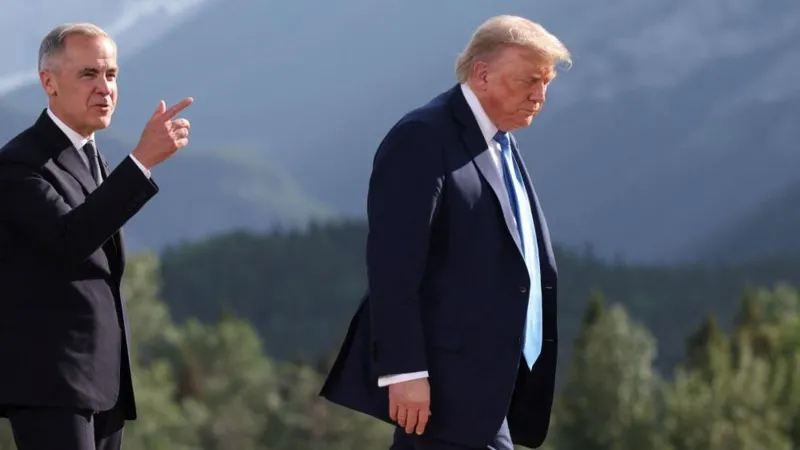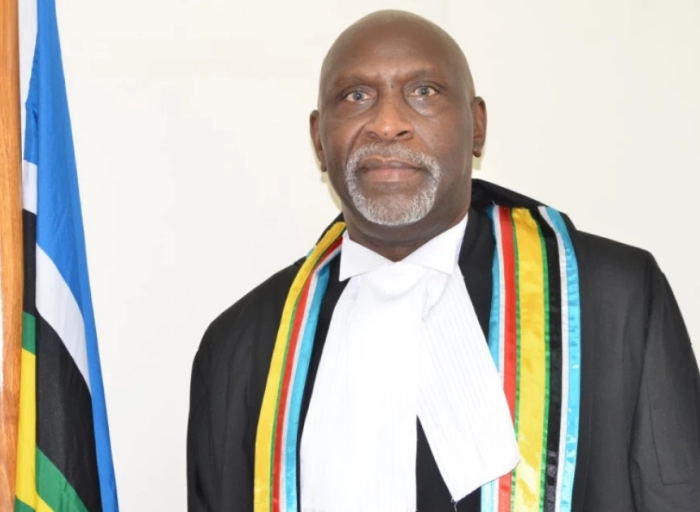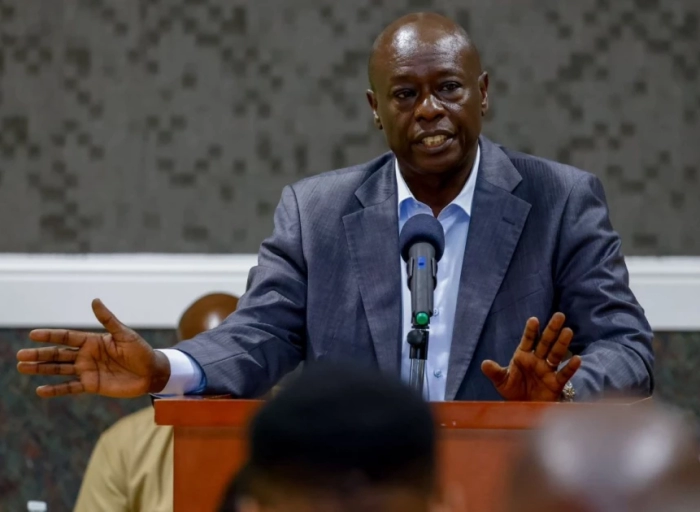In the latest twist of an increasingly turbulent Canada-U.S. trade relationship, President Donald Trump has threatened to impose a 35% tariff on Canadian goods beginning August 1. The move comes amid high-stakes negotiations aimed at hammering out a new trade deal, with pressure mounting on Canada’s recently elected Prime Minister Mark Carney to deliver results without capitulating to American demands.
The threat follows Canada’s decision to withdraw a planned Digital Services Tax (DST) targeting large tech companies, after Trump warned he would walk away from trade negotiations entirely. The reversal sparked a domestic backlash, with some critics questioning Carney’s ability to stand firm. Commentator Robyn Urback likened his negotiation tactics to a “chicken dance,” while Brock University political scientist Blayne Haggart argued that walking back the DST accomplished “less than nothing.”
Despite the criticism, Carney’s government retains strong support in public opinion polls. Some experts, including former adviser Roland Paris, urge patience, noting that the full implications of Canada’s negotiating strategy will only become clear once a final agreement is reached.
Still, the optics are challenging. Carney has refrained from retaliatory measures even as the U.S. recently doubled tariffs on Canadian steel and aluminium. In response to Trump’s new 35% tariff threat, Carney emphasized that Canada is “steadfastly defending our workers and businesses,” and confirmed that negotiations would continue with a revised August deadline.
So far, goods covered under the existing US-Mexico-Canada Agreement (USMCA) remain exempt from the proposed tariff hike, offering a glimmer of relief for many cross-border industries. U.S. manufacturers, many of whom depend on Canadian inputs, could also face higher costs as a result of Trump’s proposed tariffs—raising questions about who ultimately bears the brunt.
On the Canadian political front, leaders across party lines have presented a united front. Conservative leader Pierre Poilievre pledged bipartisan support to secure a fair deal, while British Columbia Premier David Eby called Trump’s letter “a reminder of why Canadians need to come together.”
Meanwhile, experts stress that Canada does have leverage—despite its smaller economic size. “It’s American consumers who are going to pay the tariffs,” noted Carleton University’s Fen Hampson, adding that Canadian exports like steel are crucial to many U.S. industries.
Carney has also taken steps to diversify Canada’s trade portfolio, including securing an arms deal with the EU and pushing to remove domestic trade barriers. While critics accuse him of appeasement, others see a long game being played in unpredictable conditions.
Industry Minister Mélanie Joly pushed back against claims of weakness, insisting, “We do not negotiate in public,” and noting that many allies are also grappling with Trump’s aggressive trade posture.
Carney, who won office in April promising to keep his “elbows up” in defense of Canada’s interests, now faces his first major international test. Whether his strategic restraint yields a favorable outcome—or political fallout—will become clear in the weeks ahead.



